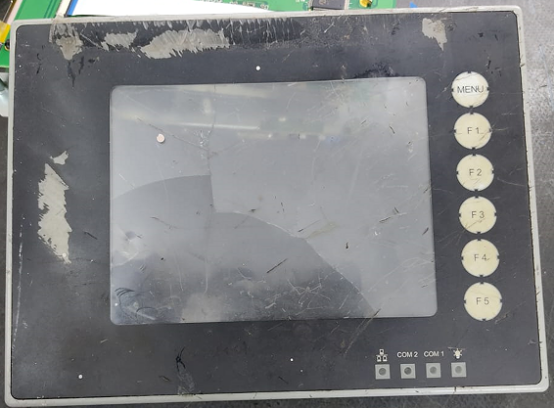How Industrial LCD Screens Are Evolving for Next-Generation Applications

How Industrial LCD Screens Are Evolving for Next-Generation Applications Industrial LCD screens have been at the center of technological advancement for decades, but the evolution happening today is more rapid and transformational than ever. As industries embrace automation, smart devices, and intelligent interfaces, the demand for powerful, durable, and highly customizable industrial displays is accelerating. The future of industrial LCD technology is shaping everything—from how factories operate to how medical systems deliver care. One major driver is the global shift toward digital automation. Industry 4.0 is pushing manufacturers to create more connected, intelligent production environments. Industrial LCD screens act as the primary communication interface between humans and machines. HMIs (Human-Machine Interfaces) rely heavily on display clarity, responsiveness, and durability. As a result, the new generation of industrial LCDs is designed with higher resolutions, wider viewing a...






